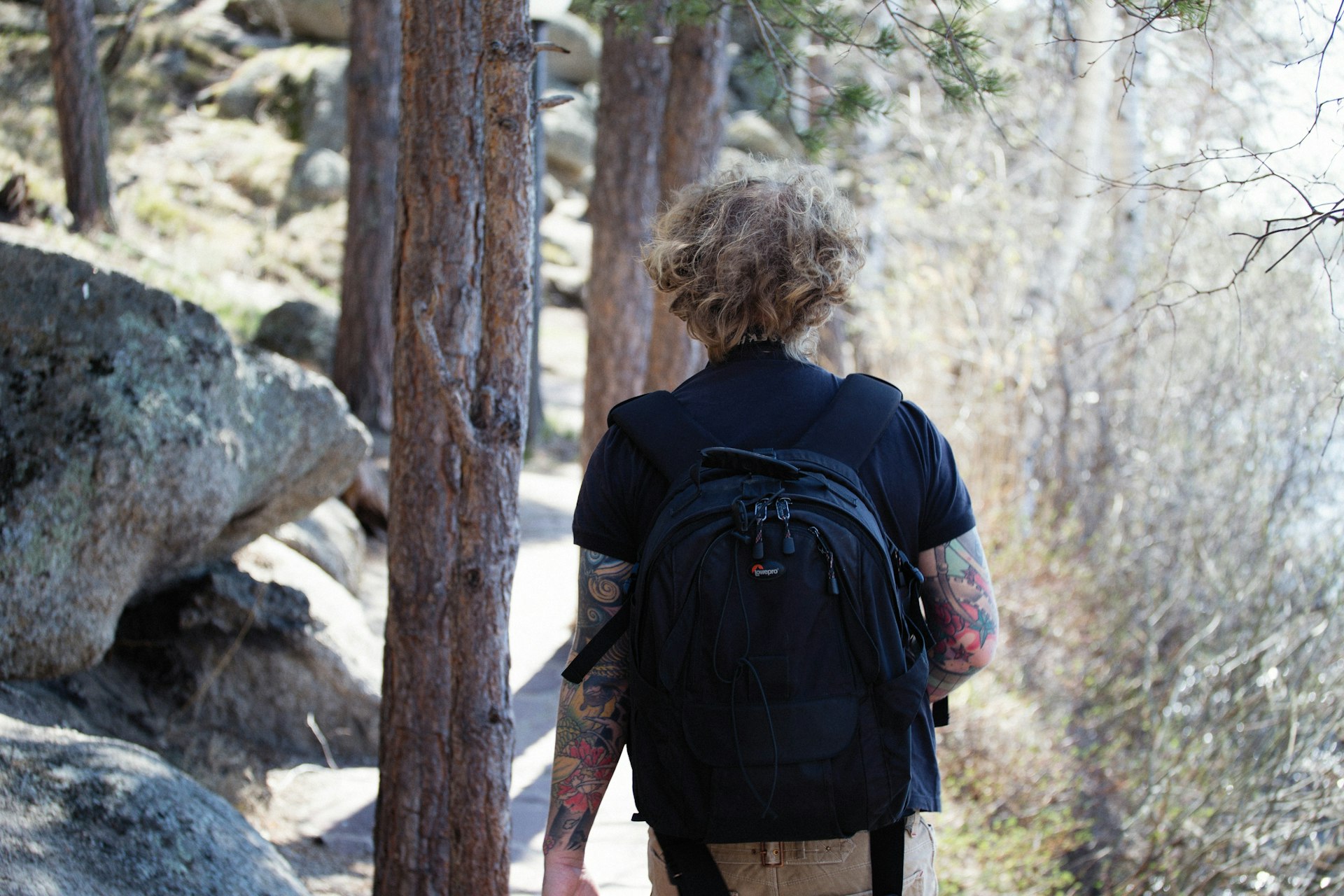Essential Indoor Bonsai Care: A Beginner’s Guide to Thriving Miniature Trees

Photo by Crystal Raindrop on Unsplash
Introduction: The Art and Challenge of Indoor Bonsai
Indoor bonsai brings the beauty and tranquility of nature into your living space. While these miniature trees offer unique rewards, they also require specific care distinct from standard houseplants. Proper placement, watering, humidity, and attention to species are vital for success. This guide provides comprehensive, actionable advice for beginners, ensuring your bonsai not only survives but thrives indoors.
Choosing the Right Indoor Bonsai Species
Bonsai for indoor growing are generally tropical or subtropical species, as these can tolerate the warm and stable environment of most homes. Some of the best options for beginners include:
- Ficus Bonsai: Highly recommended for newcomers due to its resilience and tolerance of low humidity. Ficus is forgiving of minor mistakes and adapts well to typical indoor conditions.
- Dwarf Jade (Portulacaria afra): Another hardy choice, this succulent-like tree tolerates irregular watering and indirect light.
- Hawaiian Umbrella (Schefflera): Known for its lush foliage and ease of care, especially in humid rooms.
- Fukien Tea (Carmona): A popular choice, though it requires a bit more attention to humidity and light.
- Sweet Plum (Sageretia): Attractive and manageable, but sensitive to temperature changes.
Temperate species, such as maples or pines, are not suitable for indoor cultivation as they require a cold dormant period not found in heated homes [5] .
Optimal Placement: Light and Temperature Requirements
Indoor bonsai need abundant light to thrive. Place your tree directly in front of a window that receives several hours of sunlight daily. South-facing windows are ideal in most regions. If natural light is limited, supplement with a grow light designed for plants. Without adequate light, bonsai leaves may yellow and drop, and growth will weaken over time [2] [5] .
Most indoor bonsai do best at temperatures between 60-75ºF (15-24ºC). Avoid placing your bonsai near radiators, air conditioning vents, or electronics, as these can cause fluctuations in temperature and dry out the air [3] . Kitchens and bathrooms, with their naturally higher humidity, are often excellent locations.

Photo by Todd Trapani on Unsplash
Humidity: Creating a Healthier Indoor Environment
Indoor air is typically drier than what tropical bonsai require. To boost humidity:
- Place your bonsai on a humidity tray filled with pebbles and water, ensuring the pot sits above the water line so roots do not stay submerged.
- Mist your bonsai daily using a spray bottle. This is especially important during winter when central heating systems dry out the air.
- Consider grouping plants together to create a microclimate with higher moisture levels.
Maintaining proper humidity prevents leaf drop and supports healthy growth. Observe your tree’s leaves for signs of dryness or browning, which could indicate low humidity [2] [3] .
Watering: The Most Critical Bonsai Skill
Watering is often the most challenging aspect for beginners. Bonsai roots are confined to small pots, so they dry out faster than regular houseplants. Here’s how to water effectively:
- Check the soil daily by feeling the top layer with your finger. Water when the surface feels slightly dry but not bone dry.
- Water thoroughly from above until water drains out of the bottom holes. This ensures the entire root mass is moistened.
- Allow the pot to drain before returning it to its display spot. Never let your bonsai sit in standing water, as this can lead to root rot.
Overwatering and underwatering are both common mistakes. Underwatering leads to wilting and leaf drop, while overwatering causes roots to suffocate and rot. Adapt your watering frequency according to season, indoor temperature, and your specific species [5] [4] .
Feeding: Providing Essential Nutrients
Because bonsai soil is limited, regular fertilization is necessary. Use a balanced liquid fertilizer every two weeks during the growing season (spring through fall). In winter, reduce feeding to once a month or stop altogether if your tree’s growth slows down. Follow package instructions and avoid over-fertilization, which can damage roots [1] .
For beginners, consider using a general-purpose houseplant fertilizer at half the recommended strength. Organic options are available, but always verify compatibility with your specific bonsai species.
Pruning: Shaping and Maintaining Your Bonsai
Pruning is vital for maintaining your bonsai’s miniature form and encouraging healthy growth. Regularly trim new shoots back to 2-3 leaves once they have developed 4-5 leaves. Use sharp, clean scissors or bonsai shears to avoid damaging the plant [1] .
Major structural pruning is best done in spring. For beginners, focus on light maintenance pruning to keep your tree’s shape. Remove dead or yellowing leaves promptly to prevent disease.
Wiring branches to create specific shapes is an advanced technique. If you wish to try wiring, consider watching instructional videos or consulting local bonsai clubs for guidance.
Repotting: Ensuring Long-Term Health
Bonsai trees become root-bound over time, requiring repotting every 2-3 years. Repotting allows you to refresh the soil and trim the roots, promoting healthy growth. For most indoor species, late winter or early spring is ideal.
Carefully remove the tree from its pot, gently untangle the roots, and trim away about one-third of the root mass. Place the tree in fresh, well-draining bonsai soil and water thoroughly. If you are unsure about the process, local garden centers or bonsai societies often offer repotting workshops. Always use a pot with drainage holes to prevent waterlogging [2] .
Common Problems and Solutions
Leaf Drop: Often caused by inconsistent watering, low humidity, or sudden changes in light. Adjust your care routine and avoid moving your bonsai frequently.
Yellow Leaves: May indicate overwatering, poor drainage, or nutrient deficiency. Check your soil and adjust watering and feeding accordingly.
Pests: Indoor bonsai can attract aphids, spider mites, or scale insects. Inspect your tree regularly and treat infestations promptly with insecticidal soap or by gently rinsing leaves with water.
Getting Started: Step-by-Step for Beginners
- Select a beginner-friendly species such as Ficus or Jade from a reputable garden center or bonsai nursery.
- Place your bonsai in a bright spot near a window, away from heat sources.
- Monitor humidity and increase it with a tray or by misting if your home is dry.
- Water regularly , always checking the soil moisture first.
- Feed with diluted liquid fertilizer during the growing season.
- Prune gently to maintain shape, and remove dead material as needed.
- Repot every few years to refresh soil and control root growth.
- Watch for common problems and adjust care as needed.
If you need hands-on guidance, consider joining a local bonsai club or attending workshops at botanical gardens. Many organizations provide helpful in-person demonstrations and answer questions specific to your climate and home environment.
Alternative Approaches and Additional Resources
If maintaining high humidity is a challenge, you may focus on species like Ficus, which tolerate drier air better than others. For busy lifestyles, automated watering systems or self-watering pots are available at major garden retailers. Always verify the compatibility of any accessories with bonsai trees before use.
For detailed species-specific care guides or to connect with experienced growers, you can search for “American Bonsai Society” or “local bonsai club” in your area. Many public gardens and horticultural centers host bonsai collections, offering inspiration and additional learning opportunities.
References
MORE FROM mumsearch.com













